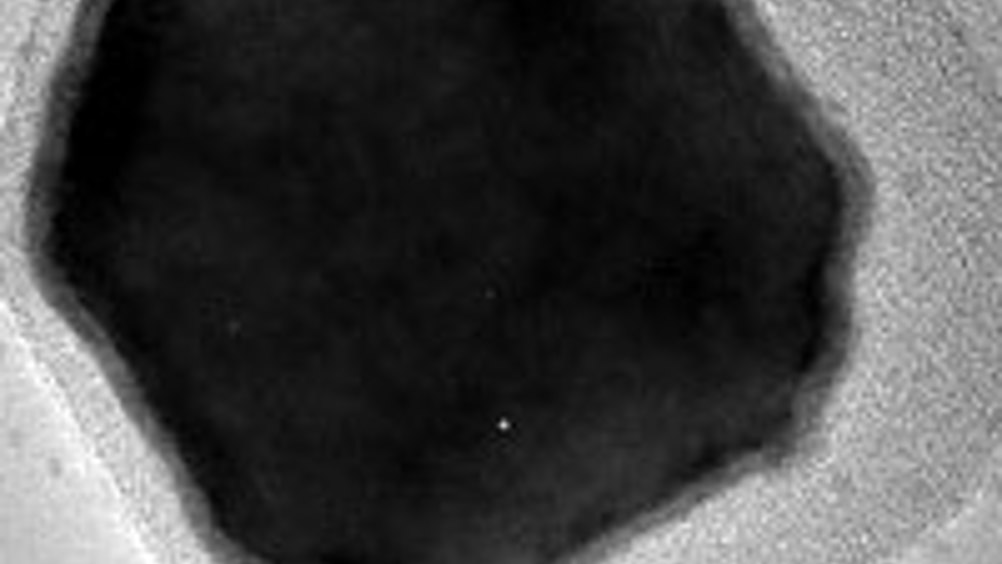Cell adaptability study

Researchers at the University of Gothenburg in Sweden have developed a new method to study single cells while exposing them to controlled environmental changes.
The method uses a set of laser tweezers to move the cell around in a microscopic channel system, allowing the researchers to study how single cells react to stress induced by a constantly changing environment.
Studies on how cells react to changes in their environment, such as reduced availability of nutrients, have traditionally used cultures consisting of millions of cells.
While such studies show how cells react on average to a new environment, they say nothing about individual variation, for example how quickly a single cell responds.
Emma Eriksson and her colleagues at the University of Gothenburg's department of physics developed a method where laser tweezers are used to catch a cell of about 1um in size, and then move the cell between different environments.
Placing the cell in a system of channels made of silicone, in which each channel is finer than a human hair, enables the researchers to add and remove substances so that the environment surrounding a single cell changes in a split second.
Register now to continue reading
Thanks for visiting The Engineer. You’ve now reached your monthly limit of news stories. Register for free to unlock unlimited access to all of our news coverage, as well as premium content including opinion, in-depth features and special reports.
Benefits of registering
-
In-depth insights and coverage of key emerging trends
-
Unrestricted access to special reports throughout the year
-
Daily technology news delivered straight to your inbox










British Steel Signs Five Year Deal With Network Rail
It was all very well to pass emergency legislation which amounted to a ´command economy´ for the industry (directors could be ordered to continue the...